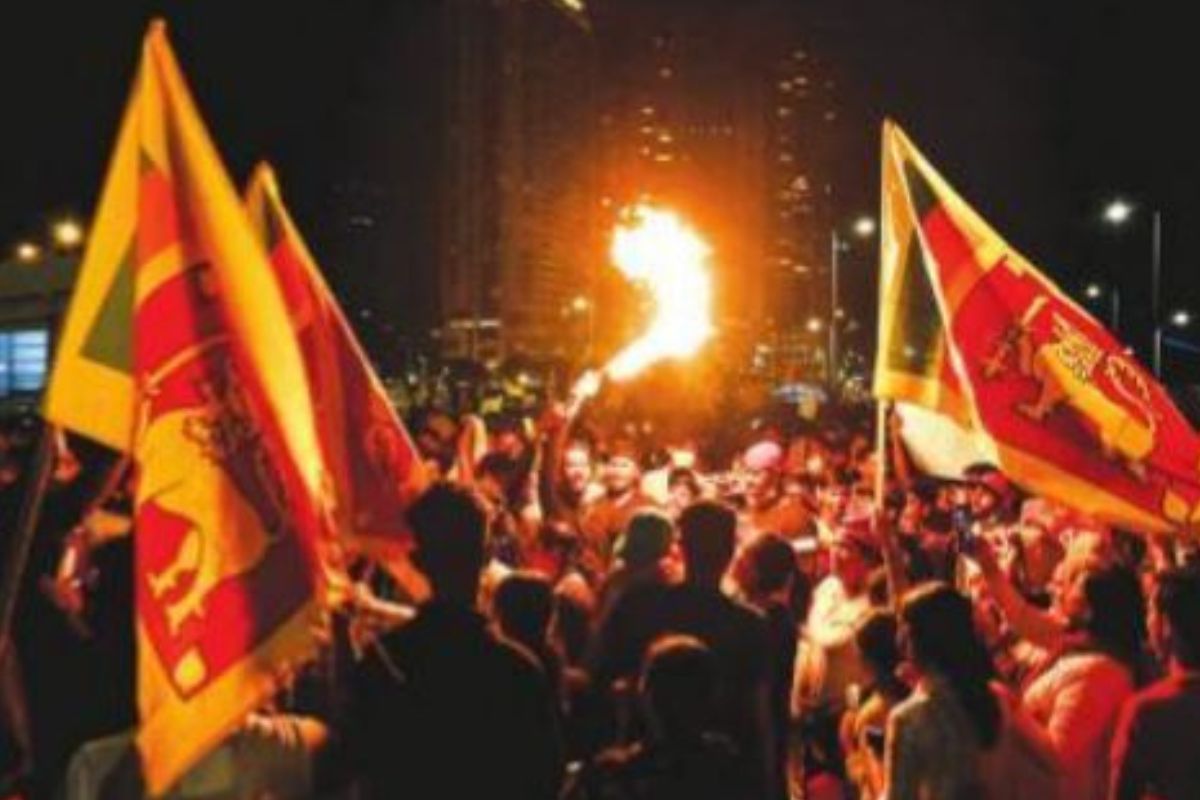A popular catchphrase during Sri Lanka’s recent protest movement was that the country has hardly achieved any progress since its Independence 74 years ago. Particularly the youth born after the opening up of the economy believe so. Perhaps Colombo has not become a Singapore, but my village experience and possibly of many other similar Sri Lankan villages have been different. I have seen immense progress in my village since Independence. I was born soon after Independence and lived in a village.
Although from a middle-class family and educated in Colombo, I have seen the transformation in my village physically and socially. I have seen the arid fields of Hambantota and Tissamaharama close by, benefiting from the new irrigation schemes; they are lush fields today. In the 1950s, in our village, there were only two radios; the houses were mainly wattle and daub with thatched roofs. Older folk depended on Pin Padi (a form of dole). There was only one hire car to take the sick to the hospital or mothers to a nursing home, while the only other mode of transport was push bicycles.
Advertisement
There was no electricity, nor was there water on tap. Women spent most of the day fetching water from wells and collecting firewood for cooking. In the 1960s, even buying a toothbrush was difficult. Only the boutique at the edge of the village had such fancy stuff. Today, it is a remarkably developed village. All houses are brick and mortar with tiled or asbestos roofs, water on tap, and electricity in homes powering lights, fans, TVs and refrigerators. Many houses have attached bathrooms, and some even have hot water showers.
Thanks to the open economy, today’s skilled workers can afford imported woodworking and other electric tools. The workers who toiled for a daily wage in weeding with mamoties have been transformed into independent contractors who come in their own leased diesel three-wheelers with their own affordable Chinese weed slashers and undertake wedding contracts. Splitting a log into planks was tedious and took many days with their bandi kiyatha (a long saw operated by two men at the two ends). Today, young men bring their chainsaws and finish the job in two hours.
With electricity in the village now, welding shops, repair shops, a service station, and even catering establishments complete with marquees for hire have opened up. In my childhood, I saw the cinnamon peelers who worked in unhygienic conditions and whose whole world was the peeling shed use their weekly off-day to go to the weekly pola or sleep the entire day.
Today, the young generation peelers are up to date with world affairs, will watch YouTube videos on their smartphones during their breaks, and would go on short excursions on their off-day or even enjoy a dip in the sea after travelling to Tangalle nearby. Many of these developments did not happen by accident. The villages benefited from the targeted development schemes of the government soon after Independence, such as the house modernisation programme. Stage by stage, financial grants were given to modernising village homes.
I still remember the children’s smiling faces when their homes reached the final roofing stage, and the whole village was there to help lay the tiles. Government schemes to provide pipe-born water eliminated the difficult task of drawing water from wells and carrying them in kales or clay pots. After the open economy, several houses converted to cooking with gas, which avoided smoke-filled homes and eliminated the chore of collecting firewood.
The government’s programmes for improving village roads were a huge boon. Our village today has good roads that have enabled producers to access markets and sellers to travel to remote areas of the village. Benefitting from the open economy, most young men have motorcycles, and some women have scooters. Many houses have diesel three-wheelers carrying children to school, bags of fertiliser to their fields, or bunches of bananas to the market. The morning scene of children walking to school is no more; school vans, even on village roads, are now a common sight.
The village had no school in the 1930s. Just before Independence, a philanthropist donated land and built a small school building. It developed from humble beginnings, and I recall how the whole village rejoiced when a student gained entry to the University for the first time in the early 1960s. Today this same school produces hundreds of engineers, doctors, accountants, and other professionals.
There is no poverty and no malnutrition among children. It was hard to come by any deserving family that desperately needed food supplementation on a recent programme to feed the needy. This is not an exceptional village, nor is it a rare one. Sri Lanka has achieved a high Human Development Index. We have an educated population and a reasonably good standard of living.
Of course, things could have been much better, but in my opinion, everything has not been gloom and doom despite popular belief. Now is an excellent opportunity for a paradigm shift with good elected leadership, sound government systems and procedures, and exceptional public service to leap-frog to the next level.











